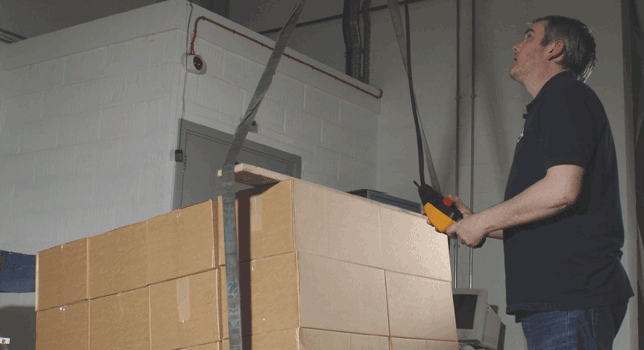Maintaining a clear understanding of packaging standards is critical for ensuring product integrity and optimizing the supply chain. The International Safe Transit Association (ISTA) 3H Standard, which is a general simulation performance test representing packaged-products in mechanically handled bulk transport containers, has received key technical and editorial updates. This short article provides an overview of these changes, helping you apply the most current and accurate testing protocols.
Navigating Key Technical Revisions
The latest revisions to
ISTA 3H are more than just minor adjustments; they represent a strategic effort to better align and optimize laboratory testing.
Incline Impact Test as a Non-Equivalent Alternative
The standard now officially recognizes an
incline impact tester as a non-equivalent alternative to a horizontal impact tester for simulating non-rail impacts. This is a significant change, as it provides greater flexibility for testing facilities and engineers who may have access to different types of equipment. While the test method differs in execution, the core objective—
simulating the shock forces a package endures during handling—remains consistent.
Adjusted Compression Test Intensification Formula
The formula used to calculate compression intensity has been updated to mirror the language and methodology of
ISTA 3E-17. This change ensures consistency across standards and provides a more precise calculation for
stacking loads. It is now explicitly restricted to warehouse-only conditions, which means the test simulates a static stacking environment rather than the dynamic forces of a moving vehicle. This change delivers more accurate data for packages that spend a significant amount of time in storage.
Standardized Impact Test Format and Duration
To improve consistency and comparability with other ISTA standards, the format for impacts has been standardized. While the energy level of the impacts remains the same, the impact duration is now a nominal 10 milliseconds. This provides a uniform measure across various tests, making it easier for engineers to compare results from different test blocks or standards. This standardization helps ensure data integrity, especially when evaluating performance across multiple test protocols.
Optimized Test Block Order
In a key change for lab efficiency and simulation, the test sequence has been adjusted. The rail impacts have been moved to the end of the test block. This revised order better reflects real-world handling scenarios where products might not experience rail transport until later in their journey. For labs, this optimization also improves the workflow, streamlining the testing process and potentially reducing overall project timelines.
Consolidated Rotational Test Blocks
The standard's rotational test blocks have been consolidated and reformatted. This provides a more streamlined and logical flow, making the instructions easier to follow and ensuring consistency with other ISTA procedures.
These changes collectively enhance the accuracy, efficiency, and clarity of the ISTA 3H standard, providing professionals with a more effective tool for validating and optimizing packaging systems. Staying current with these revisions is essential for developing robust packaging solutions that meet the demands of today’s complex supply chain.
Need assistance with your next ISTA 3H testing program? Need to determine if it’s the right standard for your project? Reach out to one of our experts today.



